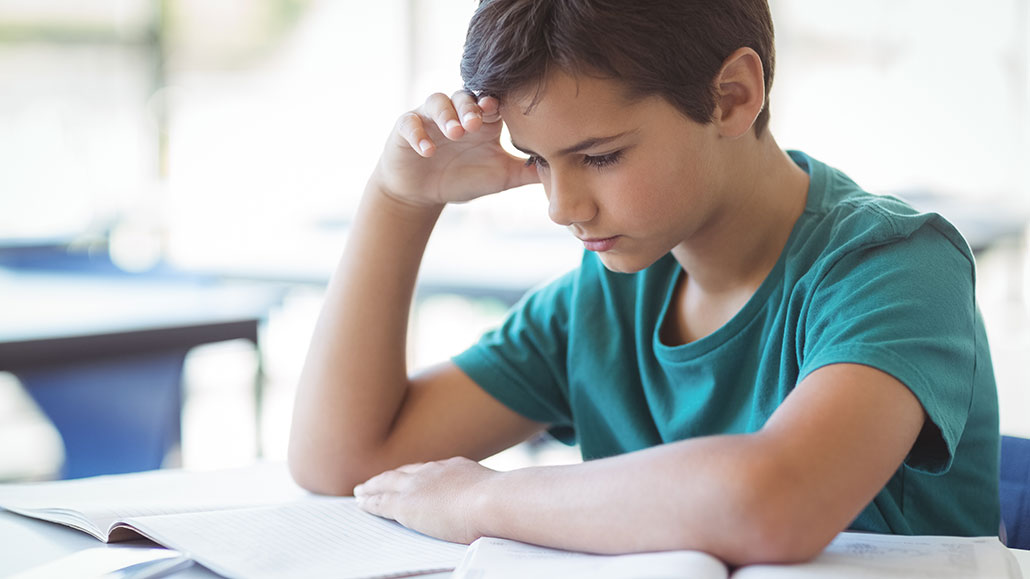Questions for “Patterns in brain activity can identify who will struggle to read”

Reading and math use the same brain connections, a new study finds. But that doesn’t mean you’ll be good — or bad — at both.
Wavebreakmedia/iStock/Getty Images Plus

Reading and math use the same brain connections, a new study finds. But that doesn’t mean you’ll be good — or bad — at both.
Wavebreakmedia/iStock/Getty Images Plus